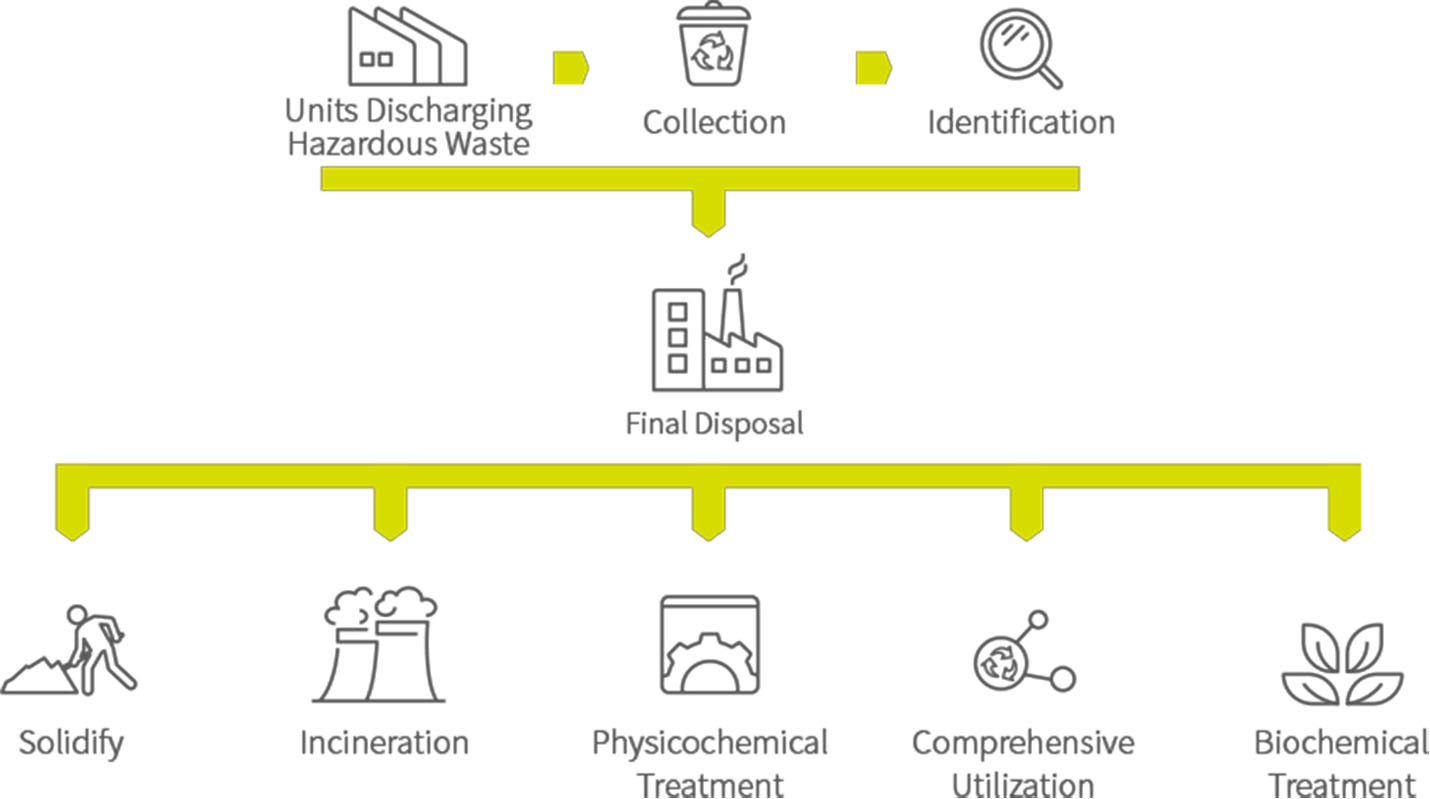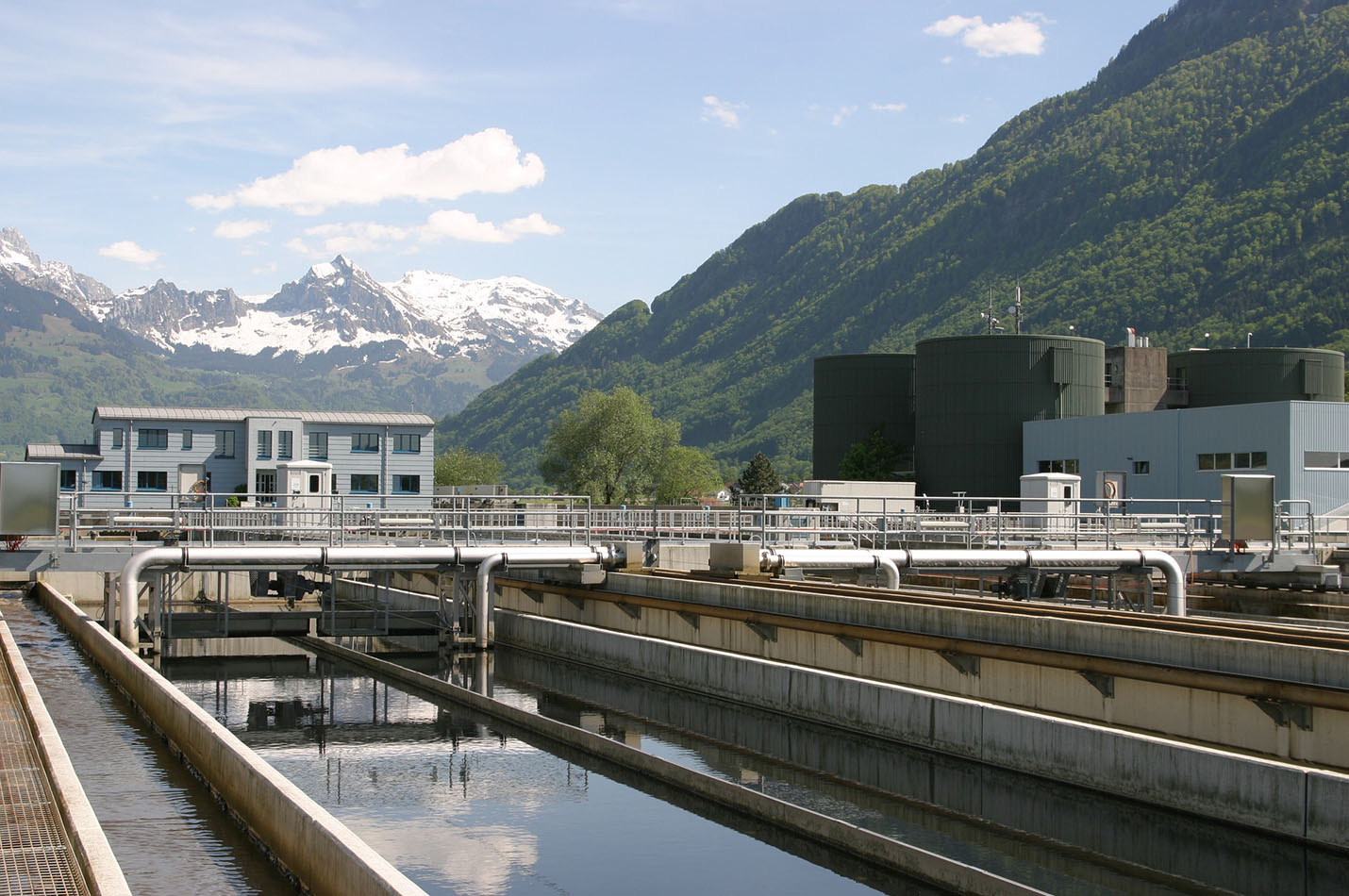Solution
The company has the demand customer for each to provide the omni-directional
"one-stop" work style service.
Chemical waste: This type of industrial waste is generated from different factories, plants, and processing centers. Comprising of different chemicals and their residues, these need to be disposed off in a careful manner. Generally, this type of waste is governed by different environmental organizations and government groups. This helps in the proper regulation of this waste type.
Industrial solid waste: This waste type constitutes various types of packaging material, discarded cardboard boxes and other related things. Ideally, these materials should be going to a recycling center as these can be recycled to make various alternate things. However, these generally reach the landfill as they get mixed with other types of industrial waste. Therefore, when the recycling center gets the entire lot, it just rejects the items that are not recycled at their end.
Toxic waste: This waste type basically comprises of different types of materials that can cause death or birth defects in living beings. Apart from this, it can also contaminate the rivers, lakes, and other water bodies. Not being very different from various types of hazardous waste, these wastes should be handled with care. These waste materials are generally byproducts of various types of materials generated at factories, automotive garages, and hospitals. Special care should be taken for their disposal.
Being a material that can harm human health as well as the environment, hazardous waste needs to be handled with care. However, more than 50% of the countries in the world do not follow the basic norms of handling hazardous waste as they do not know the proper classification of it.
Listed hazardous wastes: This type of waste has been specifically classified by different government organizations as hazardous. Materials are added into this classification every year after collating data from non-specific and specific sources. Strictly governed by different regulations and legislations, this waste type needs to be handled properly.
Characteristic hazardous wastes: Waste materials that exhibit characteristics like corrosiveness, ignitability, toxicity, and reactivity are generally classified under this waste type. Usually, materials are tested completely before being added to this category.
There are many businesses, which generate hazardous waste. Hospitals, automobile repair shops, garages, photo processing units and many similar places are the biggest generators of hazardous waste.
Both industrial and hazardous waste can be in any form. Due to their different types of emissions, their treatment and disposal procedure also needs to be different. However, a common mistake committed by several companies and industries is mixing all kinds of waste materials. When these materials reach a recycling center, it becomes impossible for them to process each and every waste product in them; and they usually discard the material that cannot be recycled at their end. Almost all the times, these discarded materials reach the landfills, which creates a huge problem for the surrounding area.

Plenty of harmful wastes of untreated water, residue and gas discharged from industrial production will seriously damage the ecological balance and natural resources. Dreamem can provide integrated solution for safety treatment and resource utilization of various industrial solid wastes and industrial waste water, thus to provide systematic environmental service for industrial enterprises and industrial parks.
